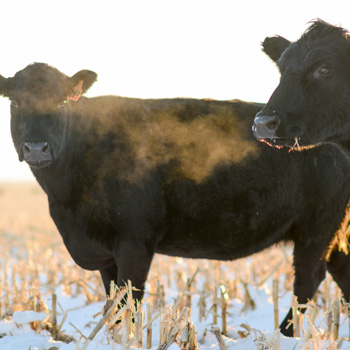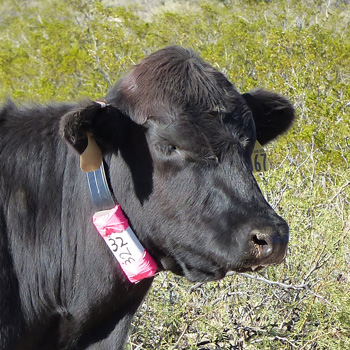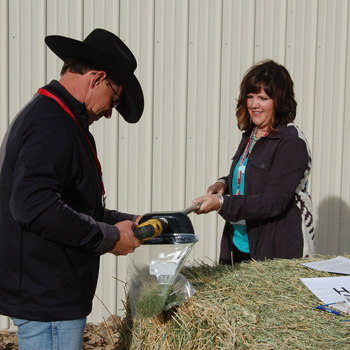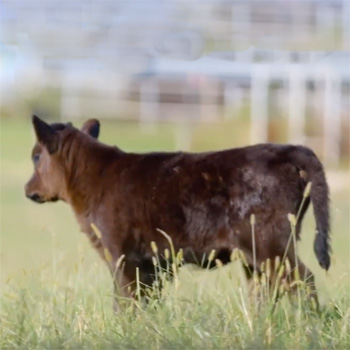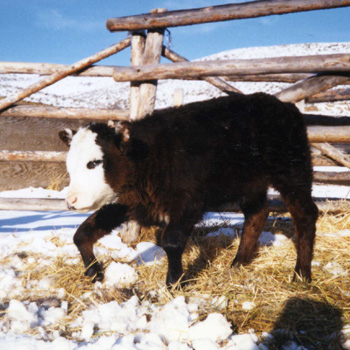Avoid Crooked Calves
“Crooked calves” may result when pregnant cows eat toxic plants.
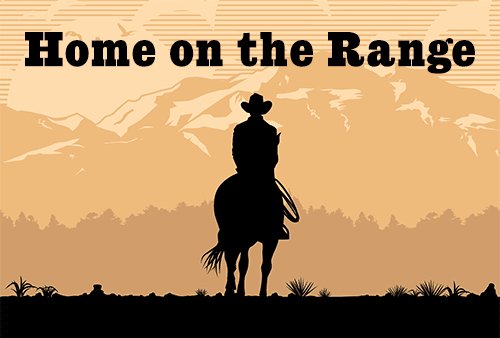
Calving season sometimes brings unpleasant surprises. In certain regions and situations, some cows give birth to deformed calves with fused joints and twisted limbs. Some of these calves — those with mild impairments — may be able to function, get around and survive to butchering age. Others may be so deformed they must be euthanized, or cannot be born naturally and must be delivered by C-section or fetotomy (cutting the fetus into pieces to be taken out through the birth canal). A common cause of these congenital defects is ingestion of certain plants by the pregnant cow in early pregnancy.
Kevin Welch, research toxicologist with the USDA Agricultural Research Service (ARS) Poisonous Plant Research Laboratory in Logan, Utah, says that in some regions, lupine can be a problem by causing deformed calves with fused joints.
“Lupine is palatable and high in protein. If there’s a lot of lupine in a pasture and not much other forage (especially in early spring when lupine grows faster, ahead of the grass), cattle may eat a lot of it,” says Welch.
This can easily happen if cows go out on spring range when grass isn’t very good yet.
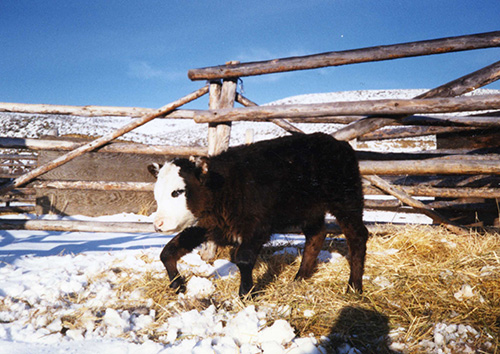 |
When a calf is born with crooked legs, fused joints or cleft palate, we don’t always know why. However, we often suspect plant toxins, especially if the cows were grazing pastures containing lupine during early pregnancy. |
If the cows were bred early, they may be in that 40- to 100-day window of gestation when toxic alkaloids can adversely affect the fetus, and they may give birth to malformed calves the next year.
One solution in areas where lupine is a problem is to switch to fall calving. Then it will be winter instead of spring when cows are in that susceptible stage of pregnancy.
The alkaloid inhibits movement of the fetus. If the limbs aren’t moving, joints fuse. If the tongue stops moving, it may be in the way as the hard palate is forming. The calf ends up with cleft palate or a hole in the top of the mouth.
“For a cow to be poisoned, she’d have to consume a lot of lupine, but the fetus is affected by a much smaller dose. We generally don’t see adverse effects in cows, but their calves may have malformations at birth,” says Welch.
Crooked, deformed calves may also result when a pregnant cow eats poison hemlock. There are two kinds of hemlock. Water hemlock is the deadlier of the two.
“The toxin in water hemlock is similar to strychnine and water hemlock is one of the most poisonous plants in North America. The toxin in poison hemlock is different; its mechanism is similar to the toxin in lupine, so it can also cause crooked calves,” he says.
These defects are caused by certain alkaloids that affect the brain and act as a sedative; the sedated fetus isn’t moving enough. Legs and joints become stiff or fixed in abnormal locations. The fetus may have one or more joints or limbs affected, or the spine.
David Steffen, diagnostic pathologist and professor in the School of Veterinary Medicine at the University of Nebraska, says most body structures are formed during early gestation, so this is when they can be adversely affected.
“The palate closes at about 55-60 days’ gestation. If a fetus is affected by lupine or another toxic plant alkaloid at that point, the tongue isn’t moving and forms a physical obstruction as the palate plates move toward one another. When the tongue is in the way and prevents those plates from coming together, we know the insult occurred prior to 60 days,” explains Steffen.
“We see some congenital defects in regions where there’s no lupine. Any kind of plant alkaloid or toxin can affect the nervous system of the developing calf, and some viruses can cause these abnormalities. In order for the legs and joints to be mobile and develop normally there must be an intact nervous system — both from an anatomic and a functional standpoint,” he says.
When a calf is born with crooked legs, fused joints or cleft palate, we don’t always know why. However, we often suspect plant toxins, especially if the cows were grazing pastures containing lupine during early pregnancy.
Editor’s note: Heather Smith Thomas is a cattlewoman and freelance writer from Salmon, Idaho.

